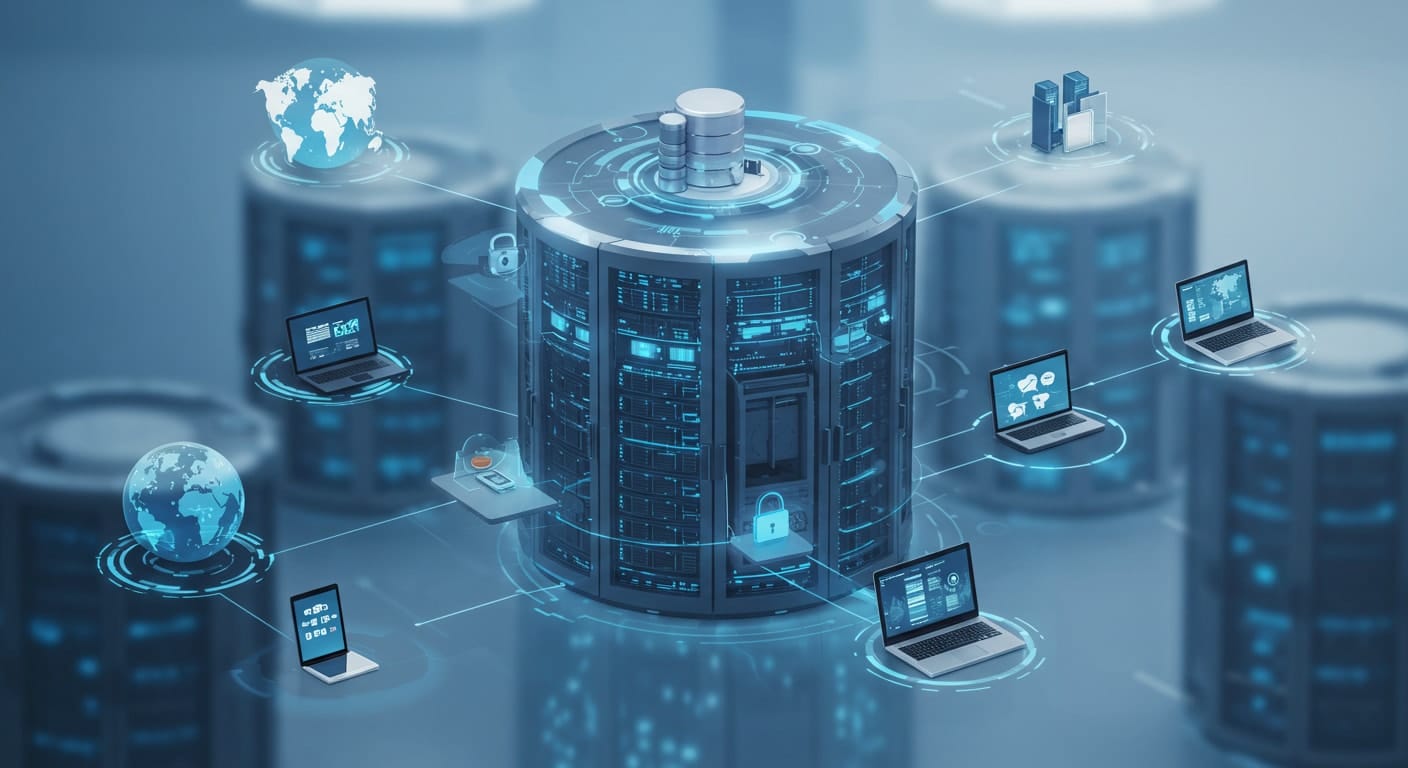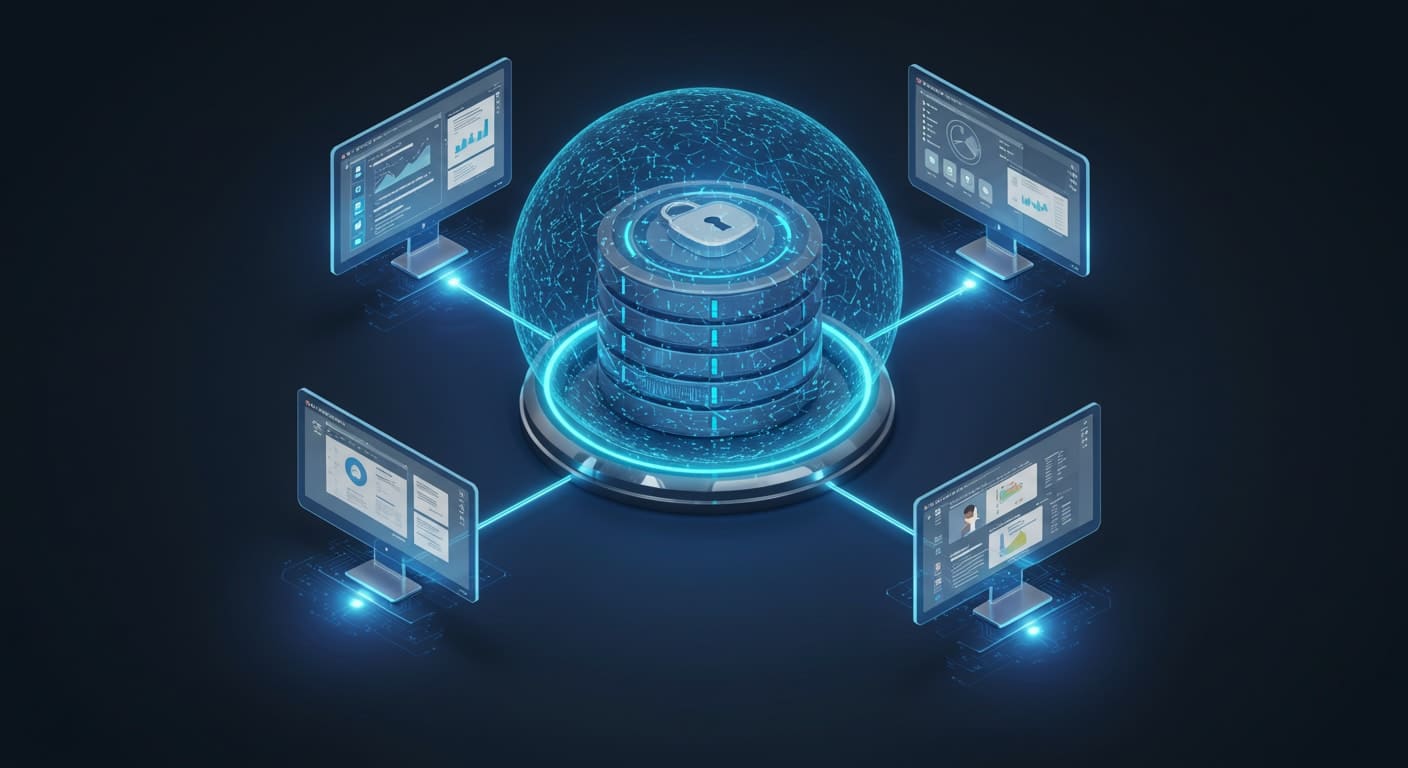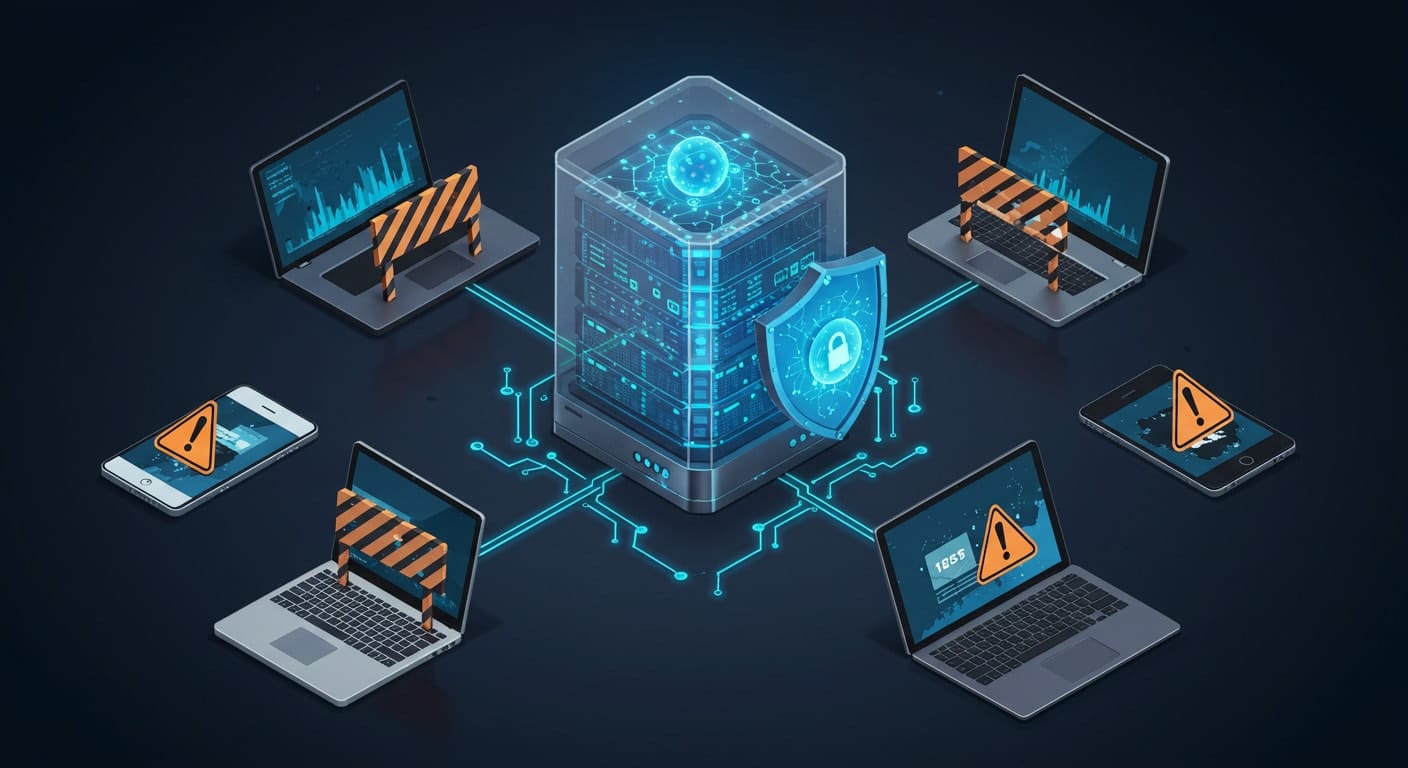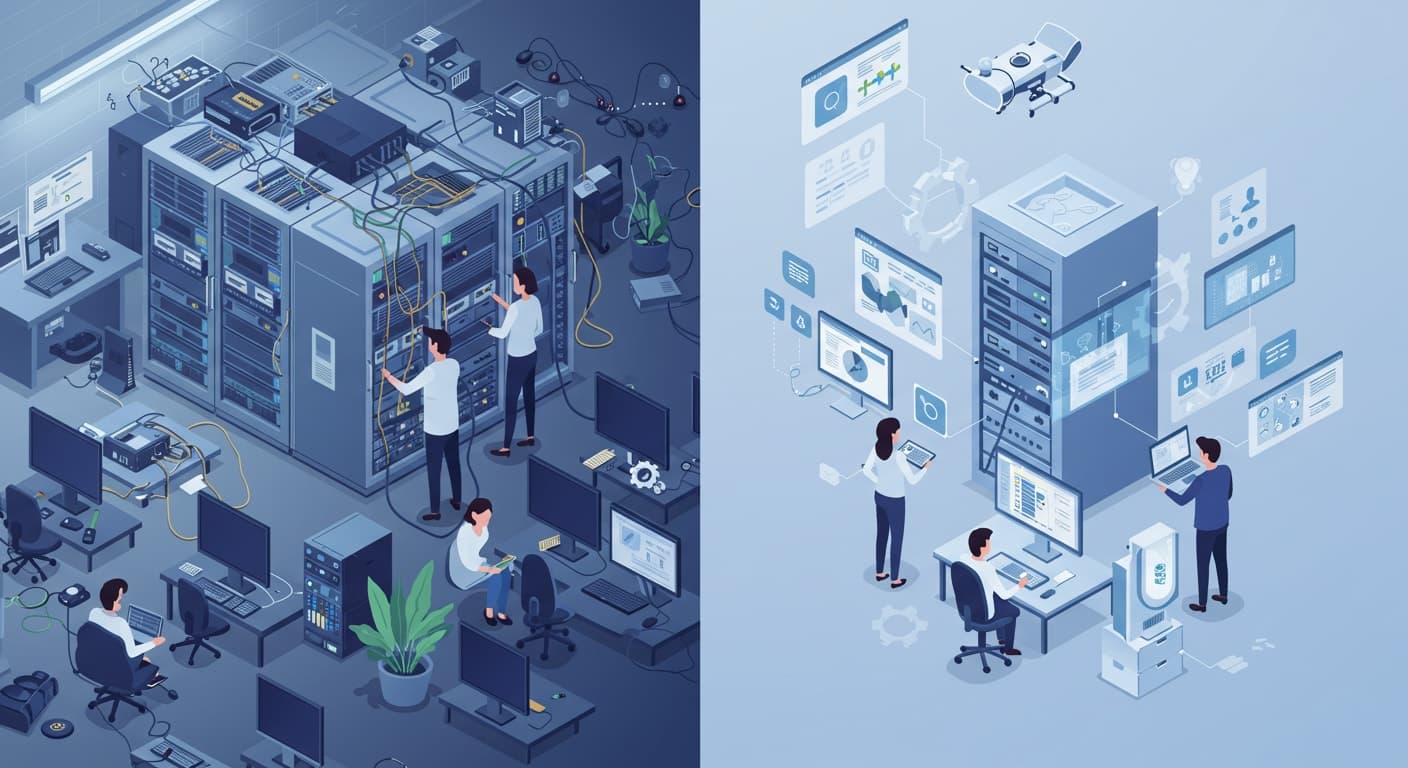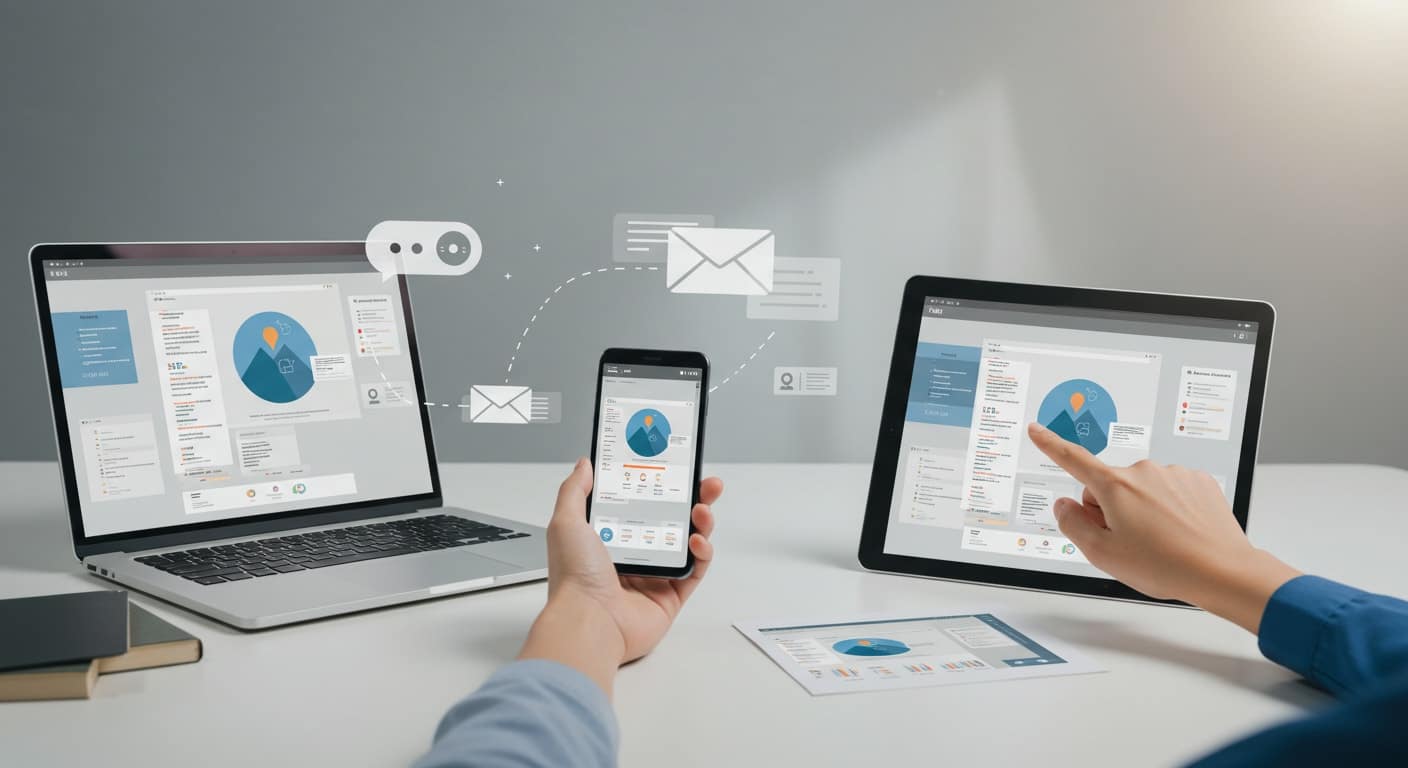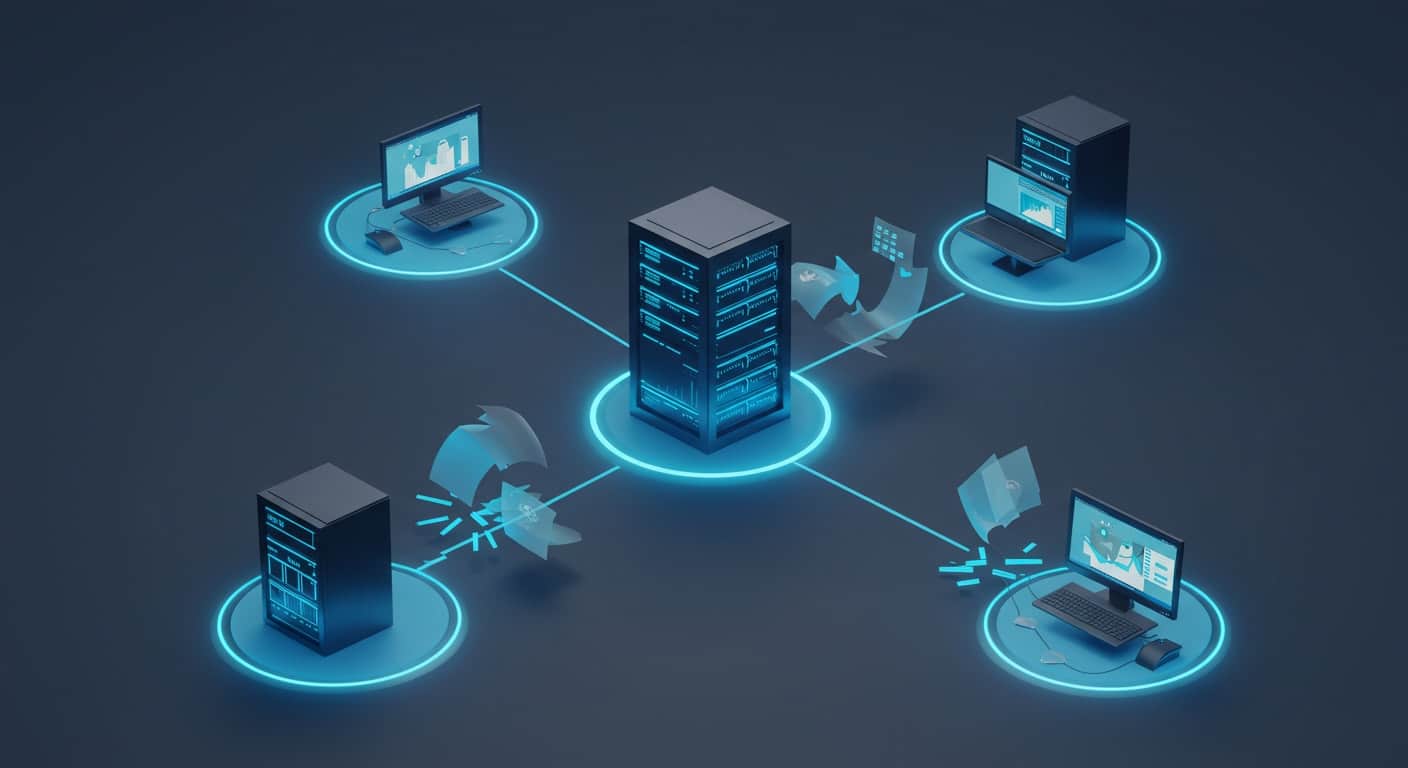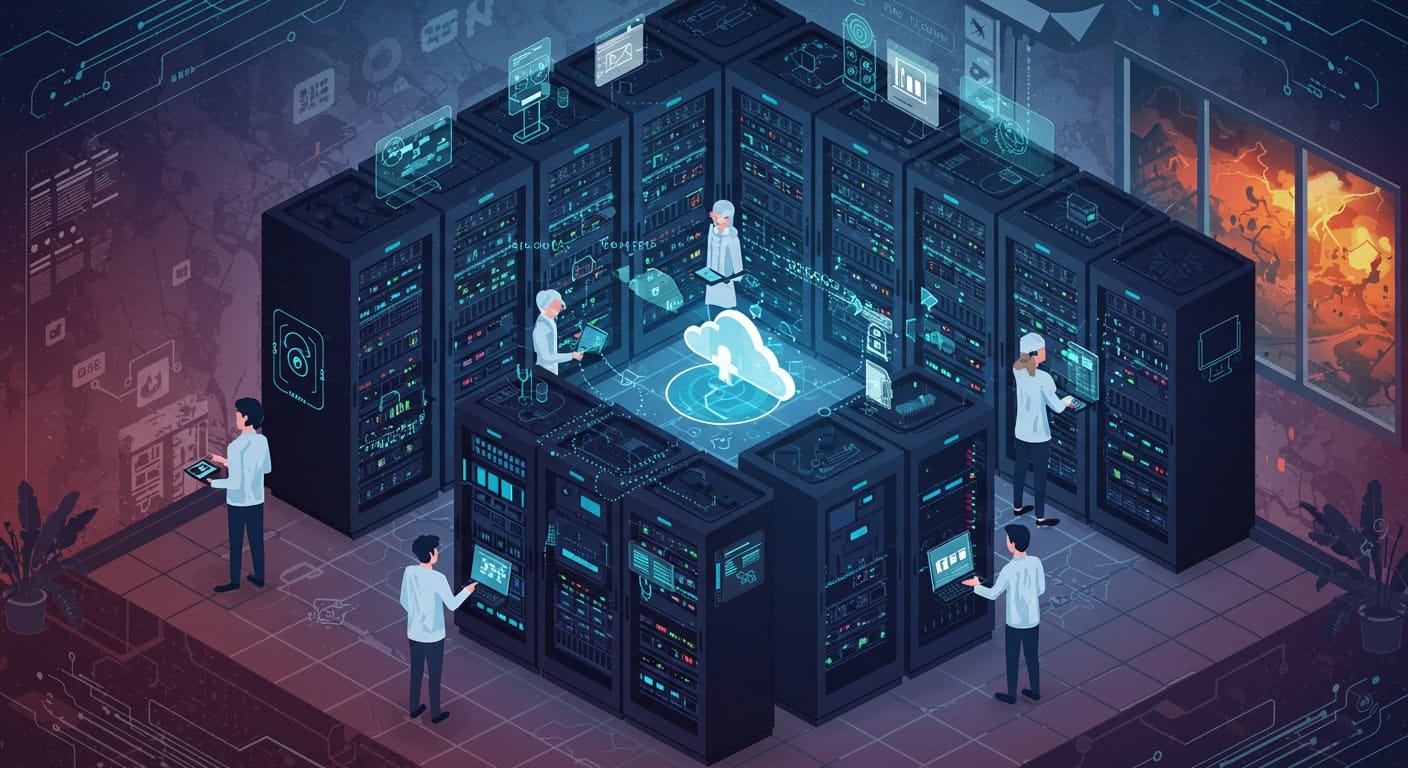You’ve probably noticed how quickly remote work has moved from being a niche perk to a daily reality. Businesses today are shifting gears, embracing flexible solutions that can keep pace with evolving workplace needs. Among these solutions, Virtual Desktop Infrastructure, commonly known as VDI, stands out clearly.
VDI allows your desktop—along with your files, apps, and preferences—to be securely stored on a central server rather than tied to one physical device. Whether you’re working from home, traveling, or just away from the office, accessing your workspace becomes effortless. But the true value of VDI goes beyond simple convenience.
It offers tangible benefits such as improved security, meaningful cost reductions, and easier scalability as your business grows. This article provides a clear, straightforward look at these advantages. By the end, you’ll know precisely whether VDI fits your company’s specific needs and how it might shape your future work environment.
1. What is Virtual Desktop Infrastructure (VDI)
Before exploring VDI’s benefits, it’s essential that you clearly understand what Virtual Desktop Infrastructure (VDI) actually means. Simply put, VDI lets you store your desktop environment—your apps, files, and settings—on a centralized server rather than directly on your physical device.
Here’s how it works in a straightforward way:
- Your Desktop is Stored Centrally: Rather than relying on your physical computer, your desktop environment exists virtually on powerful, centralized servers or in the cloud.
- Access from Anywhere: You can securely access your virtual desktop from various devices—such as laptops, tablets, or even smartphones—as long as you have an internet connection.
- Personalized Virtual Machines: Every user gets their own dedicated virtual machine. Think of a virtual machine as a computer created entirely through software, running independently within the centralized server. It acts just like a normal desktop but isn’t tied to any single physical device.
To simplify further, consider these key differences between VDI and traditional physical desktops:
- Location of Data:
- Traditional Desktops: Data stored individually on each physical device.
- VDI: Data stored securely in one central location, accessed remotely.
- Ease of Management:
- Traditional Desktops: Individual maintenance required for each computer.
- VDI: Centralized management means updates or fixes apply instantly to all desktops simultaneously.
- Device Requirements:
- Traditional Desktops: Requires powerful hardware to perform well.
- VDI: Devices only need basic capability to connect remotely, greatly reducing hardware costs.
VDI essentially uses software called remote desktop services to stream your desktop environment from virtual machines hosted centrally. This approach makes desktop management simpler, safer, and more flexible for your organization.
2. What are the Benefits of Implementing VDI
2.1 Enhanced Security
One of the most compelling reasons to adopt Virtual Desktop Infrastructure (VDI) is enhanced security. Because your desktop data—including sensitive files, personal settings, and essential applications—is stored on centralized servers instead of individual physical devices, the risks associated with theft, loss, or accidental damage dramatically decrease.
With VDI, even if a device like a laptop or tablet is lost, your critical data remains safely stored in one secure location, inaccessible to unauthorized users.
Moreover, centralized control means your IT team can efficiently manage security updates, patches, and protection measures from a single point. This centralized approach ensures consistent security standards across your entire organization without depending on individual employees to update their systems manually.
If your business operates in regulated sectors, such as government or finance services, compliance with stringent data-protection regulations becomes easier to achieve and maintain. Simply put, VDI centralizes your data security, significantly reducing vulnerabilities and providing your organization with greater confidence in protecting sensitive information.
2.2 Cost Savings and Simplified IT Management
Another clear advantage of adopting VDI is the potential for significant cost savings, especially in the long term. Traditional desktops demand high-performance physical hardware, usually requiring expensive upgrades or replacements every few years.
VDI substantially reduces this expense by shifting your computing workload to a centralized, powerful server environment or cloud provider. As a result, the local devices your employees use can be simpler, less expensive, and less frequently replaced, leading directly to reduced hardware-related costs.
Additionally, managing desktops through a centrally managed server drastically simplifies your IT operations. Rather than individually updating each physical device, your IT team can apply software updates, perform maintenance, and troubleshoot from one central point.
This streamlined approach saves valuable time and resources, allowing your technical staff to focus on higher-level strategic projects rather than repetitive maintenance tasks. Over time, these combined savings—from hardware purchases to reduced maintenance hours—accumulate, delivering substantial financial benefits for your organization.
2.3 Seamless Remote Access and Mobility
In today’s increasingly mobile and remote-oriented workforce, seamless remote access provided by VDI has become more valuable than ever. With VDI, your employees gain secure, consistent access to their familiar desktop environment from virtually any location and across multiple devices—laptops, tablets, smartphones, or even personal home computers.
As long as there’s a reliable internet connection, your team can instantly connect to their desktops, ensuring productivity isn’t tied to a physical office or specific hardware.
Remote workers, in particular, benefit immensely from this flexibility. The ability to access virtual desktops remotely means work doesn’t suffer due to travel, office closures, or unexpected circumstances.
Additionally, consistent and secure access ensures a smoother workflow, fewer disruptions, and greater overall efficiency. Whether your workforce is fully remote or you simply want to offer your team greater flexibility, adopting VDI makes remote work practical, secure, and efficient.
2.4 Improved Scalability and Flexibility
VDI also offers significant benefits when it comes to scalability and flexibility, making it particularly attractive if your organization anticipates growth or fluctuating team sizes. Unlike traditional IT setups, which require buying new hardware and manually configuring each workstation whenever your team expands, VDI allows your IT department to provision virtual desktops quickly and effortlessly.
Adding new employees becomes as simple as creating user accounts—your IT staff can do this from a centralized dashboard, within minutes rather than days. Similarly, scaling down during slower periods or when project demands change is equally straightforward.
You’re no longer burdened with unused hardware or wasted resources. Instead, virtualized infrastructure allows you to scale resources precisely to match your real-time requirements, ensuring efficiency and cost-effectiveness.
With VDI, managing multiple virtual desktops becomes intuitive, allowing your IT team to easily accommodate changing demands. This flexibility ensures your business stays agile and competitive, responding swiftly to evolving market conditions or strategic goals without unnecessary costs or complexity.
2.5 Superior Disaster Recovery
Finally, one of the most crucial but often overlooked benefits of VDI is its powerful contribution to your disaster recovery and business continuity strategy. Traditional desktop setups leave your organization highly vulnerable to unexpected disruptions—hardware failures, floods, fires, cyberattacks, or any number of unforeseen events could critically impact your operations.
With VDI, your data and desktop environments reside safely within centralized servers or secure cloud environments, significantly simplifying backup processes and recovery procedures.
In the event of a disruption, restoring your operations with VDI is quicker and far simpler compared to rebuilding each physical machine individually. Employees can rapidly reconnect to their desktops from alternative locations or devices, minimizing downtime and lost productivity.
This capability ensures your business operations remain stable, allowing your team to continue working seamlessly, even when unforeseen incidents occur. Ultimately, VDI provides your business with the resilience, agility, and reliability needed to survive disruptions and quickly return to full productivity without substantial operational setbacks.
3. Factors to Consider for Successful VDI Deployment
3.1 Network Performance and Infrastructure
For VDI to deliver its full potential, reliable network performance is essential. Your network infrastructure—the hardware and connections allowing data transfer—must be robust enough to handle multiple users simultaneously accessing virtual desktops remotely.
A strong, stable internet connection directly affects the responsiveness and usability of your virtual desktops. Without it, your users may experience lag, frustrating delays, or even disruptions, undermining the efficiency gains promised by VDI.
Optimizing network settings, such as bandwidth allocation and prioritization of virtual desktop traffic, greatly enhances user experience. Your IT team should regularly monitor and adjust network configurations to prevent bottlenecks and ensure consistently smooth performance.
Investing upfront in network infrastructure not only improves user satisfaction but also protects your long-term productivity, ensuring your business truly benefits from the flexibility and efficiency that VDI promises.
3.2 Choosing the Right VDI Software and Hypervisor
Selecting the right VDI software and hypervisor—the software layer enabling multiple virtual machines to run on one physical server—is crucial. Your choice will determine ease of management, security, cost-effectiveness, and the overall user experience.
The ideal software solution should offer intuitive management features, seamless integration with your existing technology, and strong compatibility with widely used operating systems such as Microsoft Windows or Linux desktops.
Additionally, the hypervisor software directly influences performance, scalability, and security. Choose a hypervisor compatible with your virtual apps and one known for stability and resource efficiency.
Careful selection at this stage significantly simplifies your ongoing desktop management tasks and helps your organization avoid potential pitfalls or costly compatibility issues down the line.
Ultimately, aligning software choices closely with your organization’s specific needs ensures smooth implementation and delivers the tangible benefits of VDI more effectively.
3.3 Selecting Hardware: Thin Clients vs. Traditional Devices
When implementing VDI, you’ll also need to decide between thin client terminals and traditional desktop devices. Thin clients are simple, low-cost devices designed specifically to access virtual desktops remotely.
They require minimal maintenance, consume less energy, and generally have longer lifespans than traditional computers. This simplicity often translates into significant long-term cost savings for your business.
Traditional devices, however, may provide greater flexibility if your users regularly perform resource-intensive tasks requiring local computing power or offline access. The downside includes higher hardware and maintenance costs, shorter device lifespans, and more complex management.
Choosing between these options depends on your organization’s needs, budget, and the nature of work being performed. For most scenarios, thin clients offer a clear advantage due to lower costs, ease of management, and simplified maintenance. However, carefully weighing both options ensures your hardware aligns perfectly with your organization’s long-term goals.
4. Use Cases for VDI
Virtual Desktop Infrastructure (VDI) benefits various industries by addressing key operational needs, particularly around security, compliance, and efficient remote management. Here’s how VDI practically impacts different sectors:
- Government and Finance Services:
- Enhanced security by centralizing sensitive data on secure, monitored servers.
- Simplified compliance with regulatory standards (e.g., GDPR, financial regulations).
- Reduced risks from lost or stolen devices, protecting confidential information.
- Remote-first Businesses:
- Simplified desktop management for dispersed teams, managed entirely from one central location.
- Seamless remote access for employees, ensuring consistent productivity regardless of device or location.
- Lower IT overhead, fewer device-related issues, and streamlined support operations.
- Healthcare Industry:
- Secure, instant access to patient data from any authorized device or location.
- Easier compliance with healthcare regulations, such as HIPAA.
- Improved patient care efficiency by enabling clinicians to quickly access critical information at patients’ bedsides.
- Legal Services:
- Centralized storage and management of sensitive documents and case files.
- Reduced costs from decreased reliance on high-end hardware replacements.
- Enhanced security measures simplifying compliance with confidentiality and data-protection standards.
- Educational Institutions:
- Consistent, accessible virtual learning environments for students, suitable for remote or hybrid learning.
- Easier management of educational software and tools from a centralized point.
- Improved scalability to handle fluctuating student enrollment and resource demands efficiently.
Across these examples, VDI clearly demonstrates its flexibility, effectively adapting to each industry’s unique needs and priorities.
Conclusion
As you’ve seen, Virtual Desktop Infrastructure (VDI) clearly offers compelling advantages for your organization: strengthened security, greater flexibility, effortless scalability, and meaningful cost savings.
These benefits aren’t merely theoretical—they genuinely simplify your operations, enhance productivity, and position your business for future growth. Now, the important question is: is your organization ready for VDI?
If you’re considering adopting VDI or upgrading your current setup, try Apporto which provides a seamless, user-friendly experience. Apporto’s robust VDI solution uniquely simplifies desktop management while delivering exceptional performance, ensuring your organization fully benefits from virtual desktop technology.

